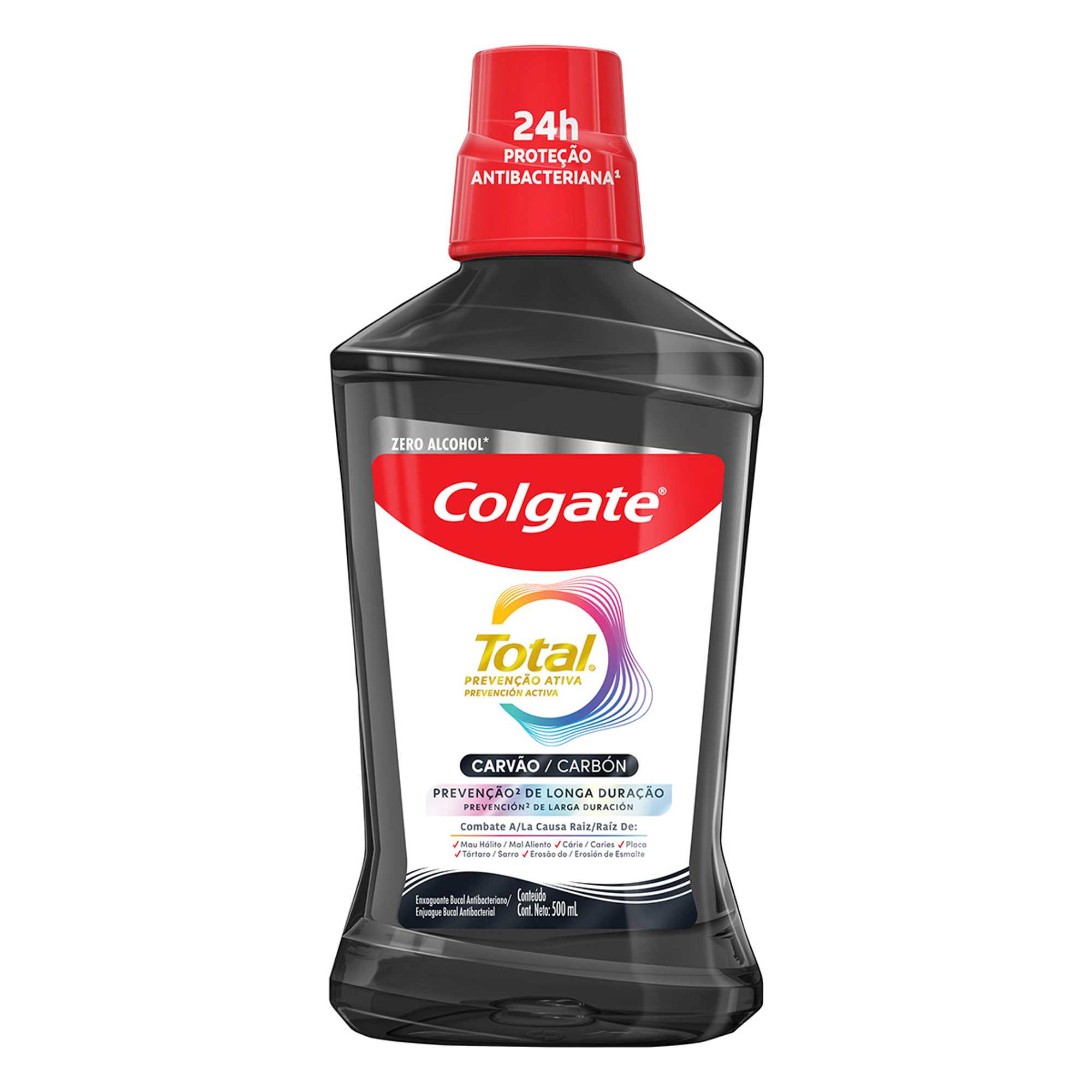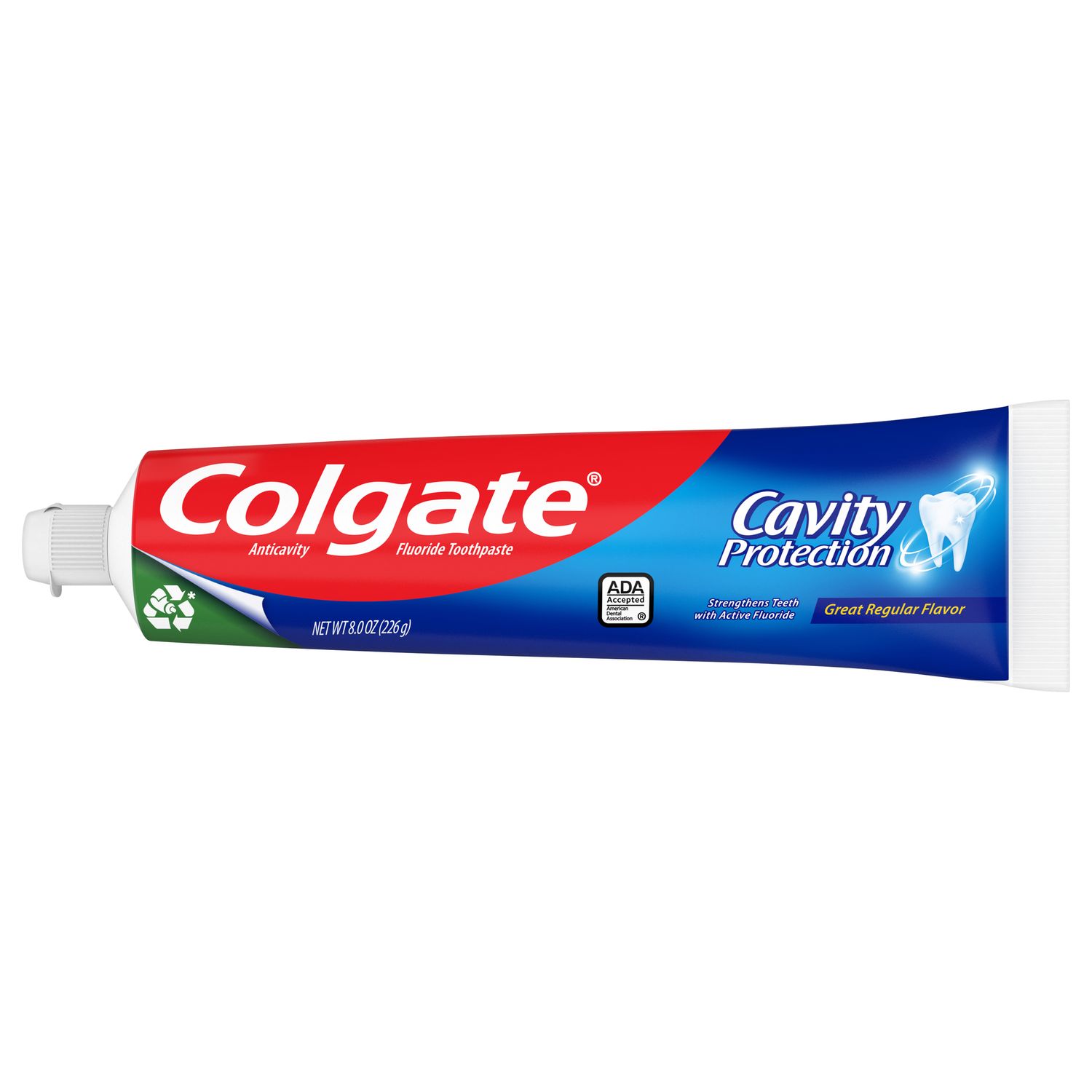What Is Cementum?
This connective tissue, called cementum, forms along a tooth's root and helps solidify it by connecting to fibers that support the tooth's place in the jawbone. It is like enamel but softer. Cementum also functions to cover the tooth's dentin, a bone-like substance that makes up most of our tooth structure.
What Are The Different Types of Cementum?
Cementum has two main categories, cellular and acellular. As noted in a 2016 study published in the Public Library of Science, cellular cementum is thick, contains collagen fibers (both extrinsic and intrinsic), and covers the bottom half of the root. Acellular cementum has only extrinsic fibers, covers the part of the tooth where the root meets the crown, and serves the purpose of anchoring the tooth in the gum.
What is Cementum's Role in Tooth Sensitivity and Gum Disease?
Cementum loss contributes to a few common dental issues. These include sensitive teeth, enamel loss, and gum recession. When cementum tooth loss occurs, the underneath dentin becomes exposed. As dentin becomes exposed, tooth sensitivity can occur. You can recognize sensitivity in the form of a short or sharp pain in one or more teeth. If you know the feeling of wincing from taking a drink of cold water, you know the feeling of tooth sensitivity!
While cementum loss can cause issues, other issues like dental diseases can also contribute to cementum loss. Gum disease, or periodontitis, can cause cementum loss, for example. This loss happens when the bones and fibers that hold the teeth in place are irreversibly damaged. The destruction of bones and cementum takes place in advanced gum disease and causes the loosening or shifting of teeth, and in some cases, tooth extraction may be necessary.
What Are Issues Affecting Cementum?
In addition to affecting tooth sensitivity and being affected by gum disease, cementum plays an essential role in a few oral health issues.
Cementoblastoma
Cementoblastoma is the long name for a specific rare growth on the root of a tooth. It occurs when specific cementum cells grow at the tip of a tooth root. One tooth root usually contains all of the mineralized growth. Still, it can occasionally spread to others and the surrounding bone. This growth sometimes causes a dull pain, but it can often be asymptomatic. Though cementoblastomas are benign, they never stop growing. Over time, they can interfere with the function of the teeth and can distort your facial appearance.
People in their teens through their late twenties hold a higher risk for cementoblastomas. Treatment of a cementoblastoma involves removing the growth and the affected tooth or teeth. The best treatment includes the surgical removal of the cementoblastoma and the affected tooth, usually a lower premolar or molar. While extracting a tooth is never ideal, the risk of the growth reappearing makes it essential. While cementoblastomas are rare, please do your best to rule out that you have them. If you have pain in your tooth roots or notice an unexplained lump, see a dental professional to confirm.
Cementoenamel Junction (CEJ)
The cementoenamel junction is the specific line around the tooth's perimeter, where the enamel covering the crown of the tooth meets the cementum protecting the root. In most cases, the cementum overlaps the enamel around the tooth. Still, in some people, this area contains a thin band of exposed dentin. At this location, the hard, mineralized enamel stops, and the less-mineralized root covering begins.
The CEJ acts as a covering of connective tissue. Think of it as a tight turtleneck around the tooth's neck, keeping the less-mineralized root surface warm and protected from bacteria and acids. Patients may feel sensitivity to hot and cold foods when the CEJ is exposed. This exposure is known as gum recession, the gum's process of coming away from the tooth's neck and shrinking down.
To confirm this is the cause of your discomfort, a dental professional will measure the gum recession to determine the degree of CEJ exposure. When probing the gum tissue, your dental professional will place a small measuring ruler called a periodontal probe in the space along the CEJ. In completing this process, dental professionals can evaluate whether the attachment fibers between the teeth and the bone are healthy or if the patient is at risk for periodontal infections, inflammation, or future recession.
Hypercementosis
Hypercementosis is a condition that affects the shape and surface of a tooth's roots. More specifically, it includes the excessive buildup of cementum over the root of the tooth. This buildup results in an abnormal tooth shape, which can even affect several of your other teeth.
Though the cause of hypercementosis remains unclear, dental professionals find it in people with certain health conditions. These include arthritis, rheumatic fever, acromegaly, or Paget's disease. In other cases, researches have linked hypercementosis to a Vitamin A deficiency. People who have oral conditions such as periodontal disease or tooth damage due to misaligned teeth may also experience it. Hypercementosis mostly affects adults, and the likelihood of it occurring increases with age.
Wow! Cementum and its related issues have an extensive list of terminology. And while it can be intimidating at first, understanding cementum's critical role can help you protect your teeth. Start by implementing a diligent oral care regimen to avoid cementum's potential wear and tear. With daily brushing, cleaning between your teeth with floss, water flossers, or interdental brushes, and the use of an antiseptic mouth rinse, you can take the necessary steps toward fighting the loss of cementum.
Oral Care Center articles are reviewed by an oral health medical professional. This information is for educational purposes only. This content is not intended to be a substitute for professional medical advice, diagnosis or treatment. Always seek the advice of your dentist, physician or other qualified healthcare provider.
ORAL HEALTH QUIZ
What's behind your smile?
Take our Oral Health assessment to get the most from your oral care routine
ORAL HEALTH QUIZ
What's behind your smile?
Take our Oral Health assessment to get the most from your oral care routine















